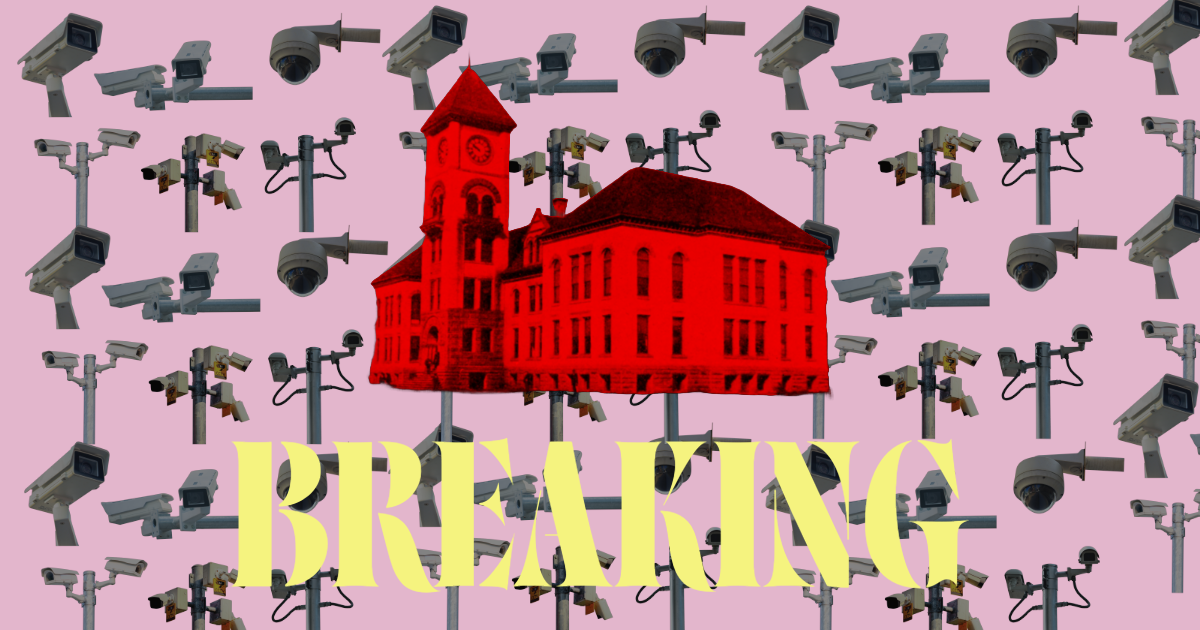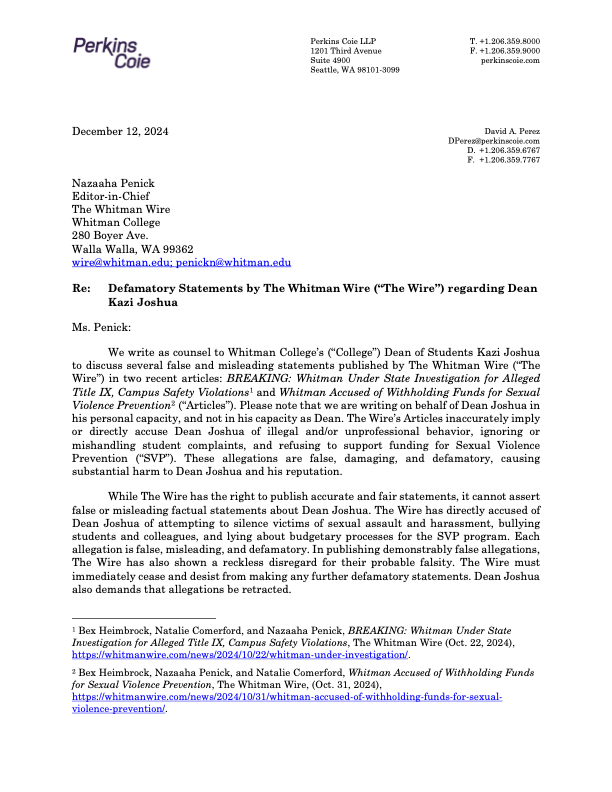
For men looking to get moving on campus and earn credit simultaneously, there is a class that may be of interest: ballet. The co-ed beginning, intermediate and advanced classes generally enroll about 15 students per class, but the number of men in Beginning Ballet fluctuates every year. This semester, there are six men enrolled.
“I have had semesters in the past where I’ve had this many men in my beginning ballet class,” said Idalee Hutson-Fish, adjunct instructor of dance. “The most I’ve ever had is six, which is what I have now. It’s quite a significant number when there are only fifteen in the class.”
Some semesters, Hutson-Fish only has two or three men in a class.
“One of the things that has hooked some of these guys is the partnering work that we did in the Whitman dance production last year,” said Hutson-Fish.
The production, which was held in Cordiner Hall last spring, included choreography by a Whitman alumnus and featured a lot of partnering, which is the pairing of a male and female dancer.
In partnering, men must focus on learning how to lift women and guide their movements throughout the choreography.
“There was some extremely complex partnering that we did [last spring],” said Hutson-Fish. “That’s what inspired some of the guys to come in and try it.”
With the co-ed ballet classes, both sexes are held to the same standards, including what constitutes appropriate attire for the class.
According to Hutson-Fish, the men have to wear tights and “look like ballet dancers.” However, according to sophomore Maikor Pereira Azuaje, men become accustomed to it.
“If you have reservations about showing yourself in tights or very tight costumes, you have to overcome those,” Pereira Azuaje said.
According to Pereira Azuaje, men are often amused by how timid they were at having to wear tights.
“I think it becomes amusing for guys later on when they see how their legs change shape and when they see how powerful they are,” Pereira Azuaje said.
The view of ballet in popular culture as a predominantly feminine endeavor may keep some men away, but ballet also has perceived masculine qualities. The strength associated with the dance is applicable to the well-known stereotypes of masculinity, while the movements require precision and care.
“Ballet is very delicate. It’s precise,” said Pereira Azuaje.
According to Pereira Azuaje, people are often afraid to bring up the sexuality issue. But ballet transcends stereotypes.
“I think ballet’s not a statement about sexuality,” said Pereira Azuaje. “It’s a statement about your own longing or your own wish to communicate something. That’s when your body becomes your tool.”
Sophomore Joel Senecal, who started Beginning Ballet this semester, echoed similar sentiments concerning the way ballet is viewed at Whitman.
“At a school like Whitman, the typical views of masculinity are themselves challenged,” he said. “I have yet to hear any sort of negative response from any of my friends, and that’s just as I would expect. Most are supportive of my friends and me taking part in such a difficult extra-curricular.”
The modern dance program has a fair number of men involved, but the ballet program has a lot of potential to grow.
“It would be really fun if we could have a men’s ballet class and build a men’s program,” said Hutson-Fish. “You approach men differently than you approach women as far as training because you want to get into the more physical aspect.”
If more men continue to be interested in pursuing ballet at Whitman, subsequent semesters could see a change in curriculum and classes based on interest.
“I’m excited to see the future of the program,” said Hutson-Fish.




